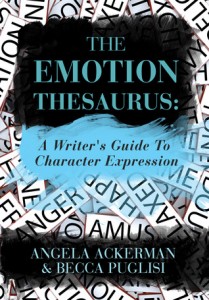
This book is for you if:
You’re new at plotting and you don’t know where to begin;
You want a concise yet usable refresher course on plotting, character and world building;
You’re revising your novel; and
Especially if you’re a pantster!
Writing Fiction for Dummies is all about making sure your novel has all the right components for success. As author Randy Ingermanson says in his opening notes in Snowflake Pro, a design program for novelists:
Good fiction doesn’t just happen, it is designed. You can do the design work before or after you write your novel. I’ve done it both ways and I’ve found that doing it first is quicker and leads to a better result for me. But you may find that doing your design after you write your novel works better for you. It doesn’t really matter when you do your design work, as long as you do it.And this book covers all aspects of the writing from finding your target audience, to choosing your creative paradigm, using the principles of powerful plot, editing and getting published. However, it’s not for dummies – it gives credit that the reader is intelligent by succinctly providing information and tips. I like that I don’t have to read an entire book on character or plot or revision and then have to distill the information I need. Plus, the book has great examples to illustrate each point.
These authors are masters in taking you through the steps logically. For example, Part II: Creating Compelling Fiction takes you from building your story world, to creating compelling characters, plot layers and examining theme. Part III gives you the tools to edit and polish your work by analyzing characters, story and scene structure and then editing scenes for content.
Truly, I always thought I was a panster at heart until I realized that I was simply plotting and outlining in my head. Writing fiction for Dummies has given me the tools to put those points on paper. Now my plots are multi layered, my characters are deeper and I don’t have the headache from keeping all that information in my head! I still can’t write a detailed outline – it’s just not me. But, I’m a more organized pantster now who has lots more fun brainstorming the deeper “what if?’ scenarios.
I’ve started a new series and I can’t keep five books worth of information in my head. Chapter 8: Story Line and Three-Act Structure is my starting point for the basics and I brainstorm from there. I planned the big picture first – key points for the beginning, murky middle, climax and ending for each novel. Now I have an idea of plot arc, character arcs, emotional arcs and where each story in the series needs to end. I still have lots of room for random creativity as my characters take me on unexpected turns in their journeys and I can let them do that with confidence because I know I have enough of a plan so that key story elements aren’t derailed. Most importantly, I know that if the novels grow in unexpected ways, I can revise the plan because as our characters evolve, so do we as writers and so must our plan.
Whether you’re writing your first or tenth novel, revising your draft or reviewing, Writing Fiction for Dummies is a resource every writer must have. It’s a quick reference guide filled with checklists and thought provoking questions on critical elements … and I can hardly wait for the revision process because now I know what I’m doing!
Happy writing and revising! It’s always a joy to create!
To learn more about authors Randy Ingermanson and Peter Economy, visit their sites at:
http://www.advancedfictionwriting.com/art/snowflake.php
http://www.petereconomy.com/Welcome.html



